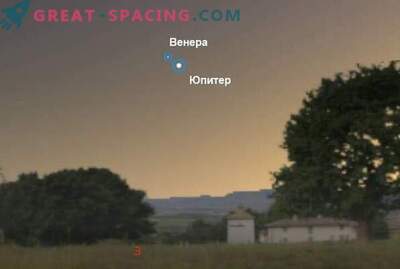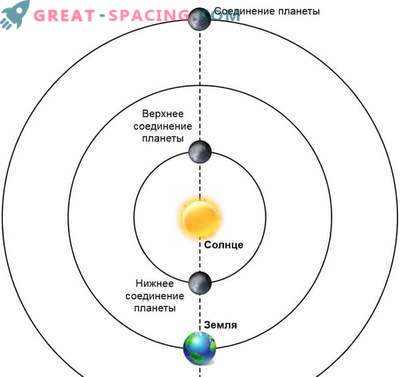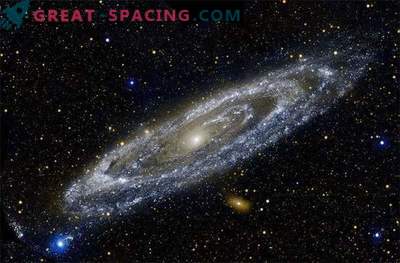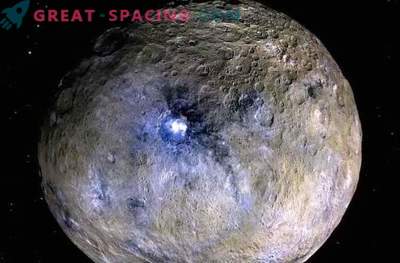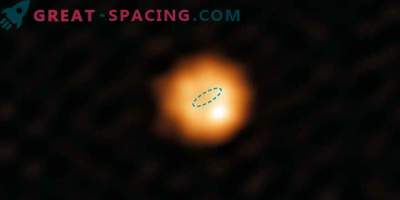
In good weather, when you walk on Sunday evening April 6, you will have a great opportunity to see the convergence of the two brightest objects in the night sky: Jupiter and the Moon.
The celestial duet will be visible in the south-western sky about 45 minutes after sunset, about 2/3 above the horizon. The moon, which is not enough hours before reaching the first quarter, will be located below and to the right of Jupiter, at a distance of about 5 degrees. To estimate approximately how much is 5 degrees, fully extend your hand and squeeze the hand into a fist. Your fist will be about 10 degrees, so Jupiter and the Moon will be at a “half-fist” distance.
Even without the moon, Jupiter will attract attention. The planet will look like a bright star and will be most noticeable in the southwest sky during the early twilight. Jupiter will eclipse everything in the night sky, except Venus and the Moon.
While twilight is disappearing, bright winter stars soon join Jupiter in this part of the sky, which may seem a bit untimely, because spring evenings are already coming. How soon after Jupiter appears, can you notice these stars? Stretch your wide open palm at arm's length and look through it. The gap from the tip of the thumb to the tip of the little finger is about 20 degrees. Using this measure, look: at about 30 degrees to the right of Jupiter - the yellowish star Capella, at 21 degrees to the left - the yellow-white star Procyon, and at 40 degrees to the left below - to the bluish Sirius, the brightest star in the night sky. Orion - about 20 degrees lower than Jupiter. The orange star Aldebaran is 35 degrees down and to the right. Pollux Yellowish and White Castor are 12 degrees above the planet.
Explore the colors of the stars. Do they seem more pronounced in the twilight sky than in the dark?
In the telescope Jupiter attracts the most attention, and it is best to observe it in the early evening, when it is still high in the sky. He can see only three-quarters of how he is seen when he stands exactly opposite the sun in early January. But don't let it stop you watching him. The features of observing the atmosphere, which can change every minute, are often determined by the fact that the telescope shows the size of Jupiter more than the apparent size of this planet. And his four bright moons always protrude. In fact, if you look at Jupiter through a small telescope, or even with binoculars, on Sunday evening, you will see bright moons stretching along one side of Jupiter. Io will be closest to Jupiter, followed by Ganymede, Europe and finally Callisto.
However, if you live in the western United States or western Canada, you will probably see only three satellites. This is due to the fact that at 7:51 pm PST (at 10:51 pm Eastern Standard Time), in the bright twilight, Io will be in front of Jupiter, a movement known as transit.
On Sunday, while you enjoy the view of Jupiter near the moon, keep in mind that with only a little help from optics, four more satellites can be seen. They look like small stars, although two of them are actually bigger than the Moon of the Earth, and you can watch them change their position relative to each other from hour to hour, and from night to night.

